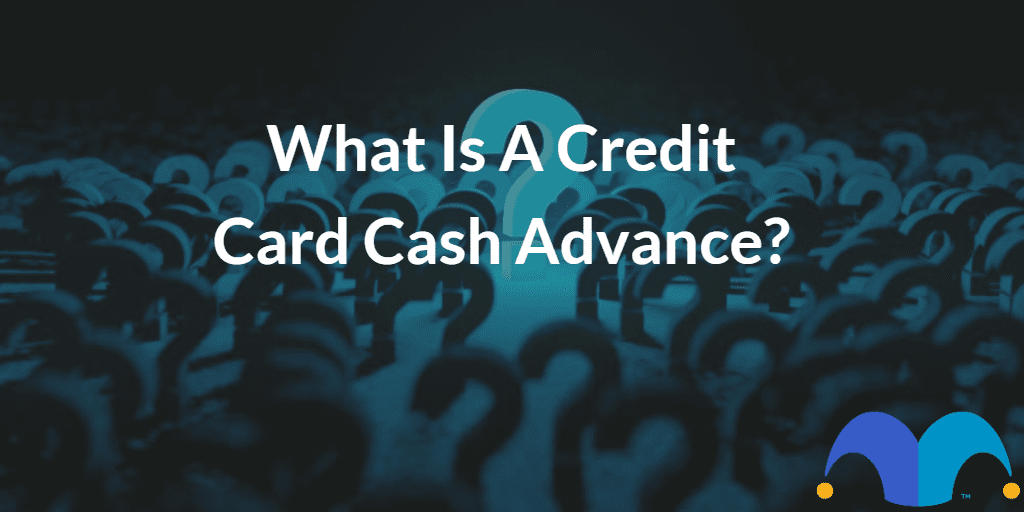Most credit cards will allow you to make a cash withdrawal. This is known as a cash advance. However, withdrawing money this way is not recommended. Doing so carries fees and high interest charges – that are usually charged from day one.
Let’s take a look at what a cash advance is, how it works and whether or not you should take one.
What is a credit card cash advance?
A credit card cash advance is when you make a cash transaction on your credit card. Most cards will allow you to make a cash withdrawal up to a certain limit. However, you will end up having to pay a fee and high interest charges to do so.
The main thing to be aware of with a cash advance is that interest is charged from the moment you withdraw the money. This is different from when you make a purchase on your credit card.
- Purchases usually come with a grace period that allows you to avoid paying any interest if you pay your balance in full and on time each month.
- Cash advances are charged at a daily rate and can prove to be expensive even if you clear your balance every month.
It is also important to note that it’s not just ATM withdrawals that are classed as cash advances. The following could also be considered a cash advance:
- Mortgage payments
- Utility bills
- Purchasing travel money
- Buying gift vouchers
- Transferring money from your credit card to a current account, also known as a money transfer.
How does a cash advance work?
You can take out a cash advance by using your credit card at an ATM, showing your ID at your card provider’s branch or by getting cashback when making a purchase in a shop.
Your credit card will have a cash advance limit. This is typically lower than your credit limit for purchases. If you are unsure what your cash advance limit is, you can check with your card provider.
What are the costs with taking a cash advance?
There are two costs associated with taking a cash advance:
- Cash advance fee: You will be required to pay a fee or a percentage of the amount you have withdrawn. How much this will be can be found in your credit card terms and conditions. But it’s usually around 3% or a minimum of £3.
- Interest: The amount of interest you are charged will typically be higher than your card’s APR. It will also be charged at a daily rate from the moment you make your cash transaction.
It’s also worth noting that if you make a cash withdrawal abroad, you will most likely have to pay a foreign transaction fee as well. This can be avoided if you have a specific travel credit card that doesn’t have fees for using your card abroad.
Should I avoid taking one?
Generally, it is best to avoid using your credit card for a cash advance. It can be a very expensive way to use your credit card and can damage your credit score.
It leaves a mark on your credit report and signals to future lenders that you might not have enough cash in your current account to cover what you need.
If you do end up taking a cash advance, then it is best to pay it off straight away. Interest is charged from the moment the transaction is made. And as interest rates are typically higher, this can add up very quickly.
There is an alternative way to provide yourself with a lump sum of money without resorting to a cash advance. It’s cheaper to use a 0% money transfer card. This type of card will let you transfer money from your credit card to your current account, usually providing you with an interest-free period in which to pay off your balance. However, there is usually a money transfer fee to pay.
If you are interested in learning more about money transfers, check out our guide to money transfer credit cards.
